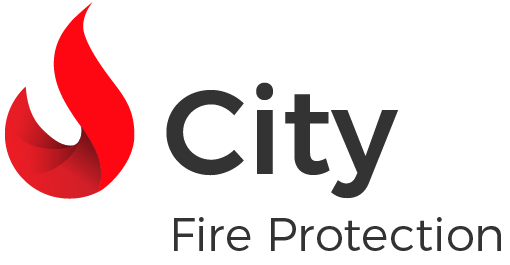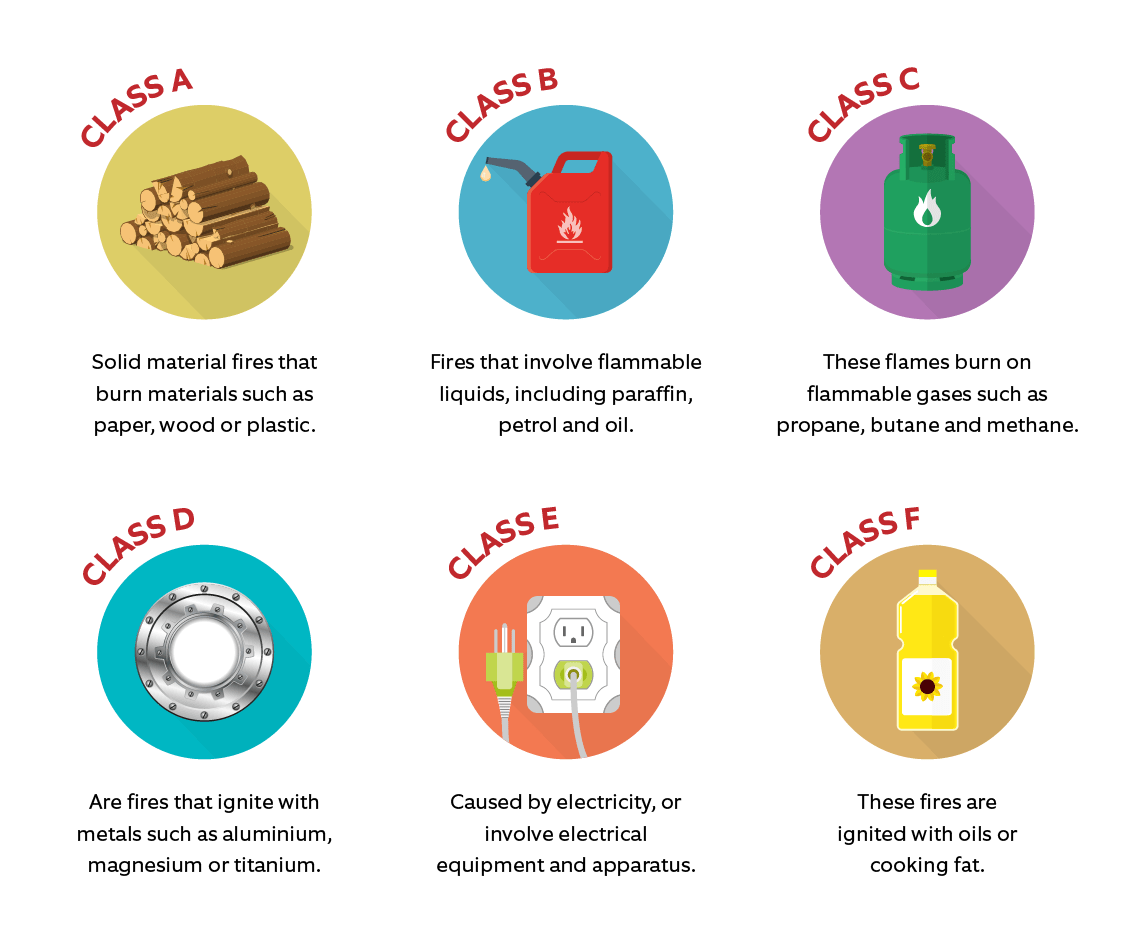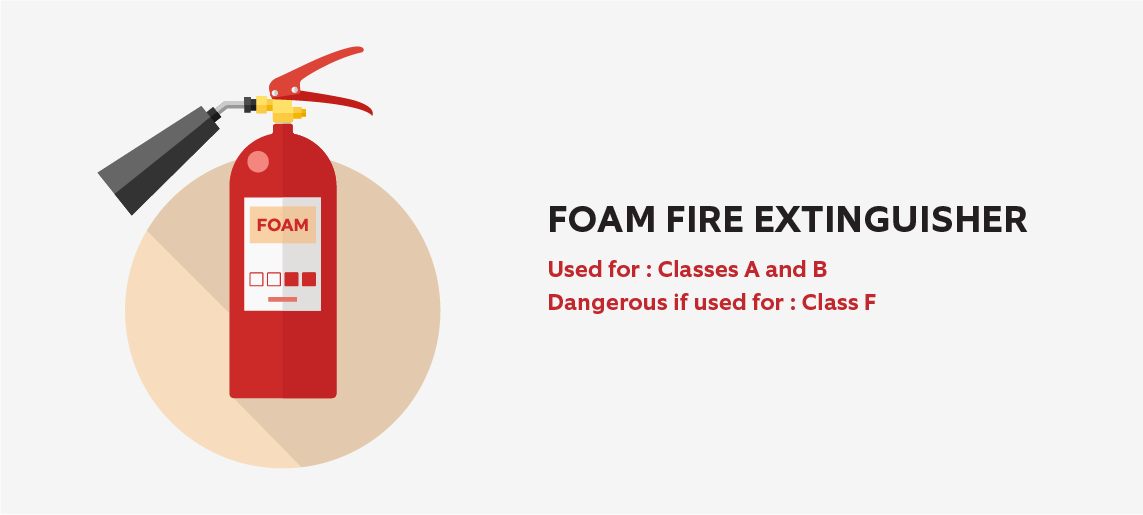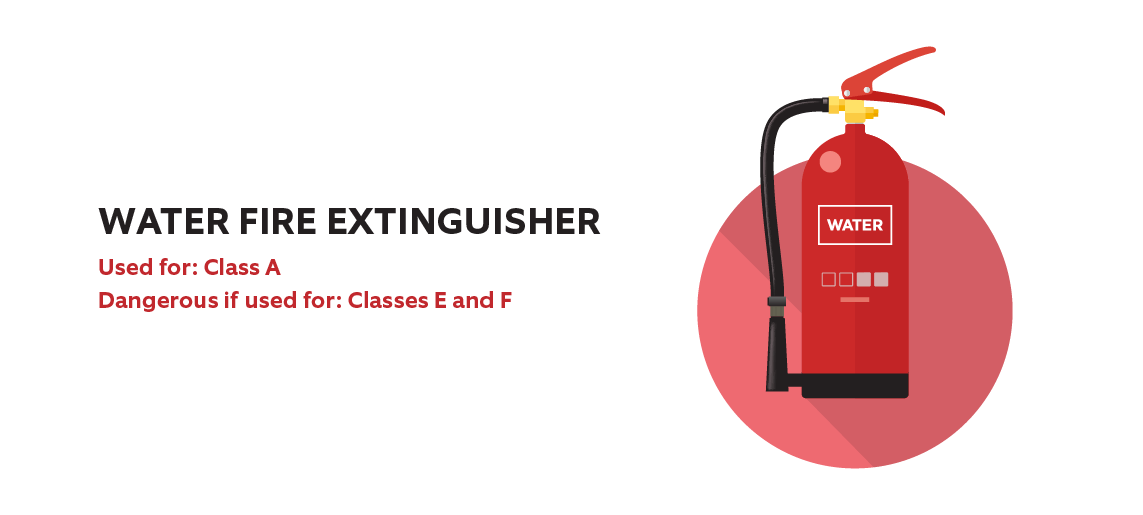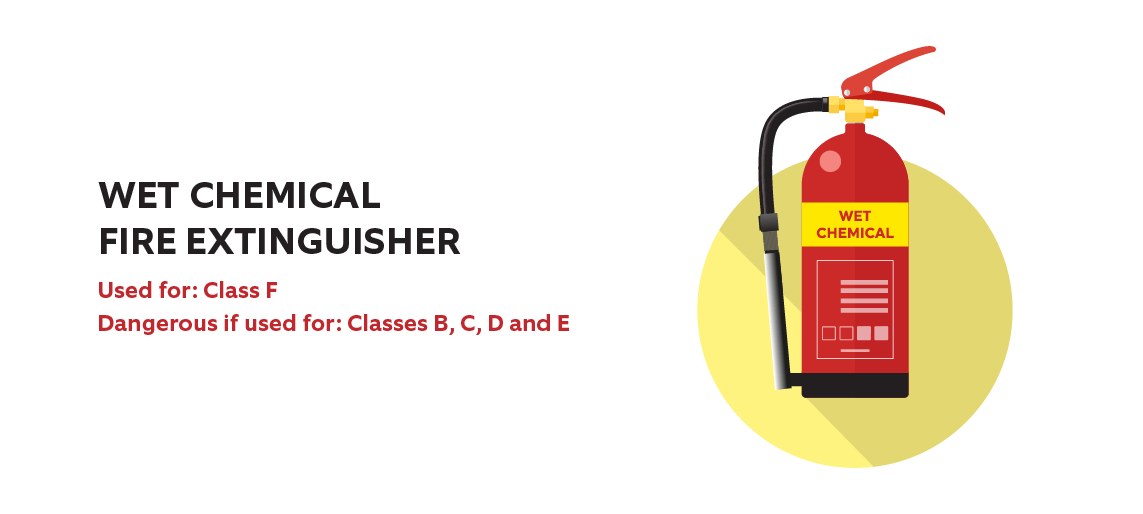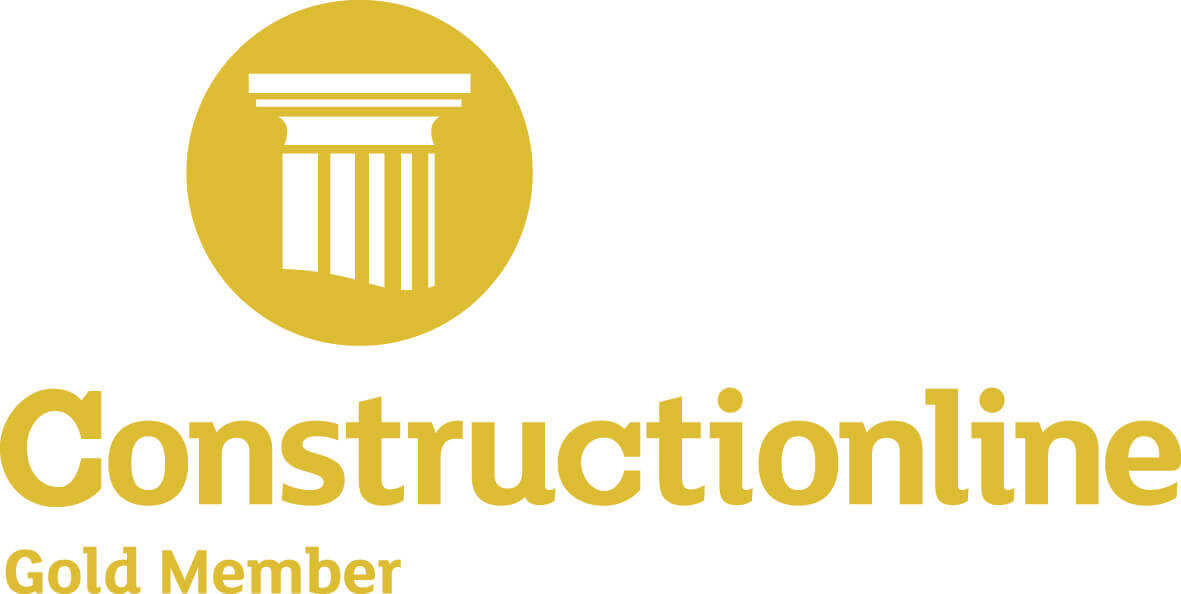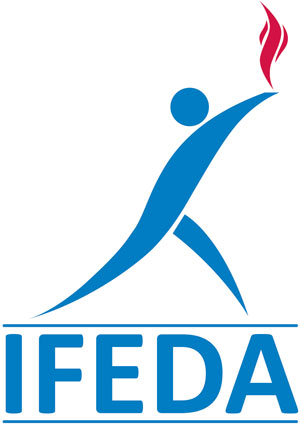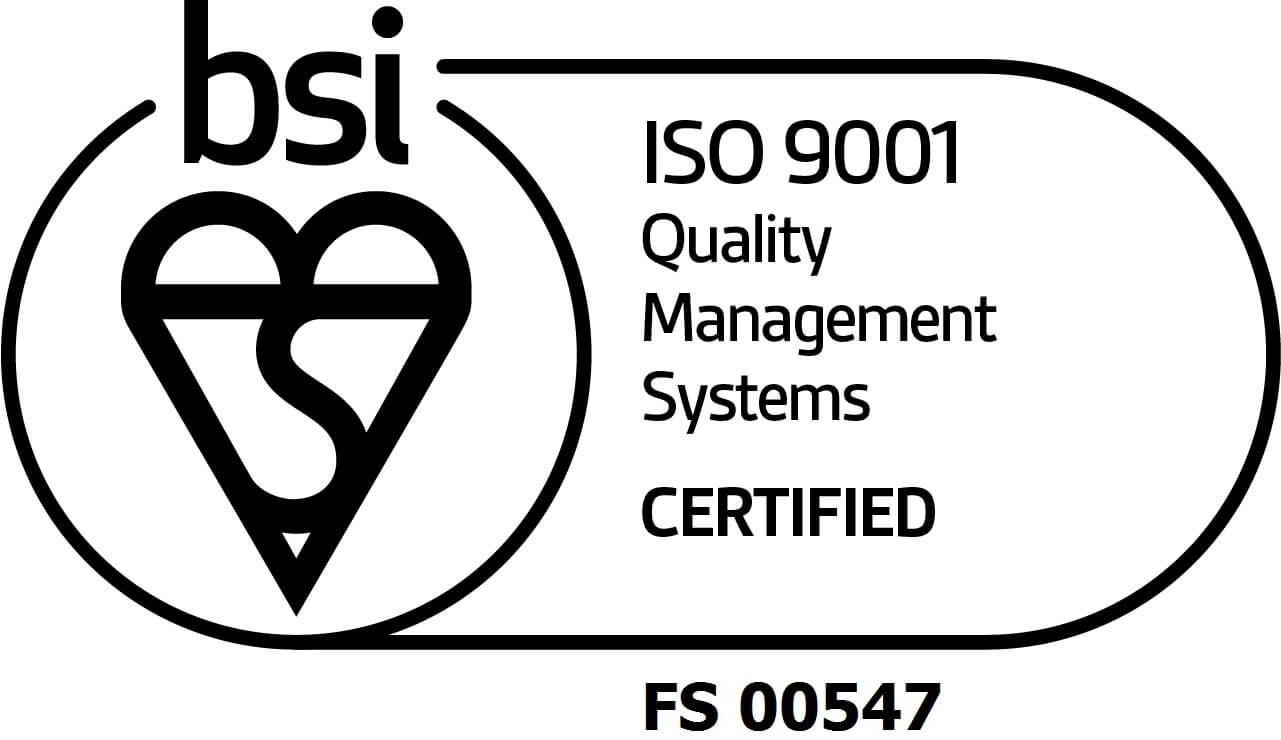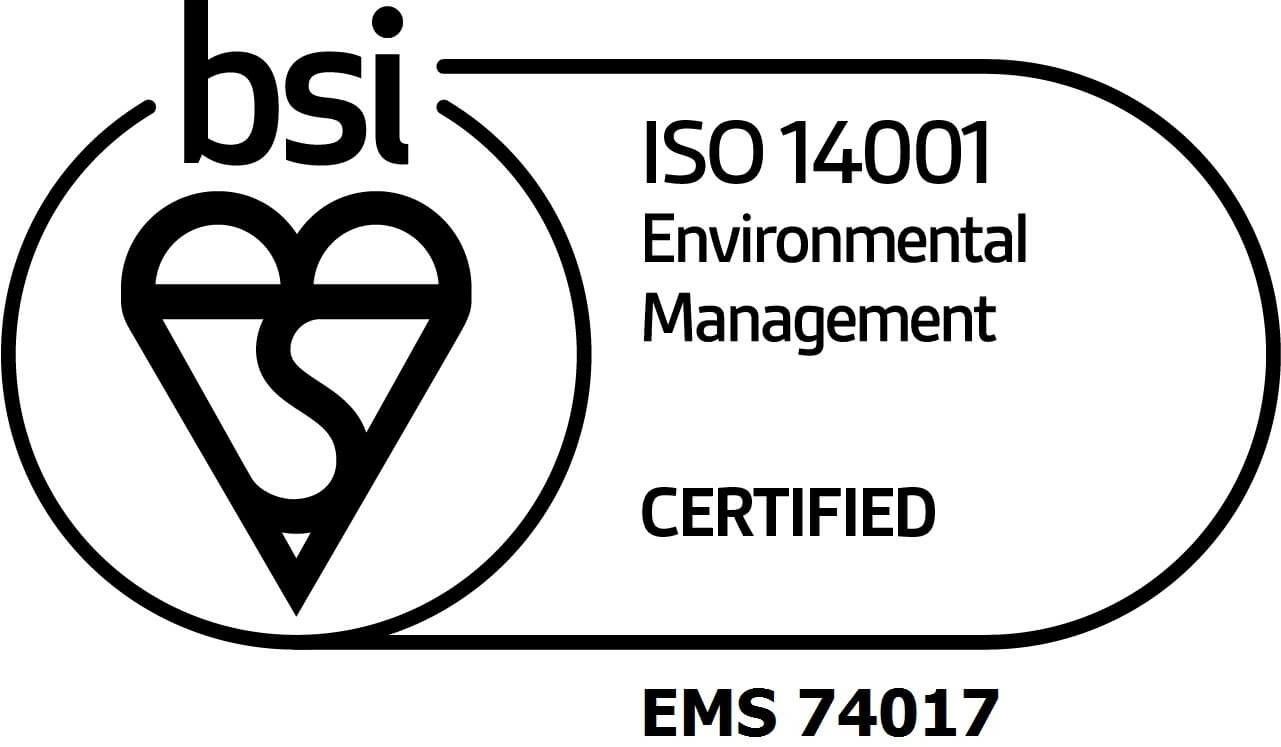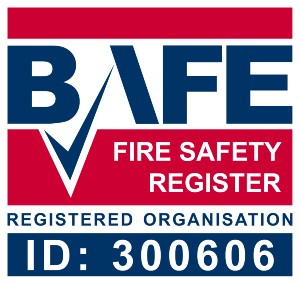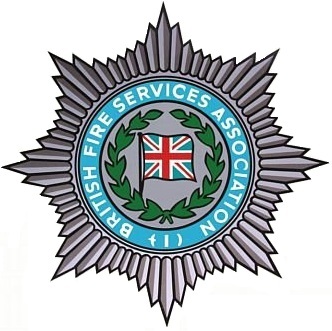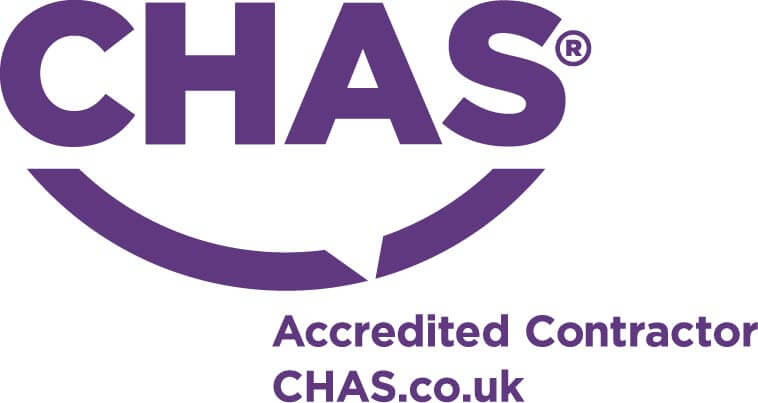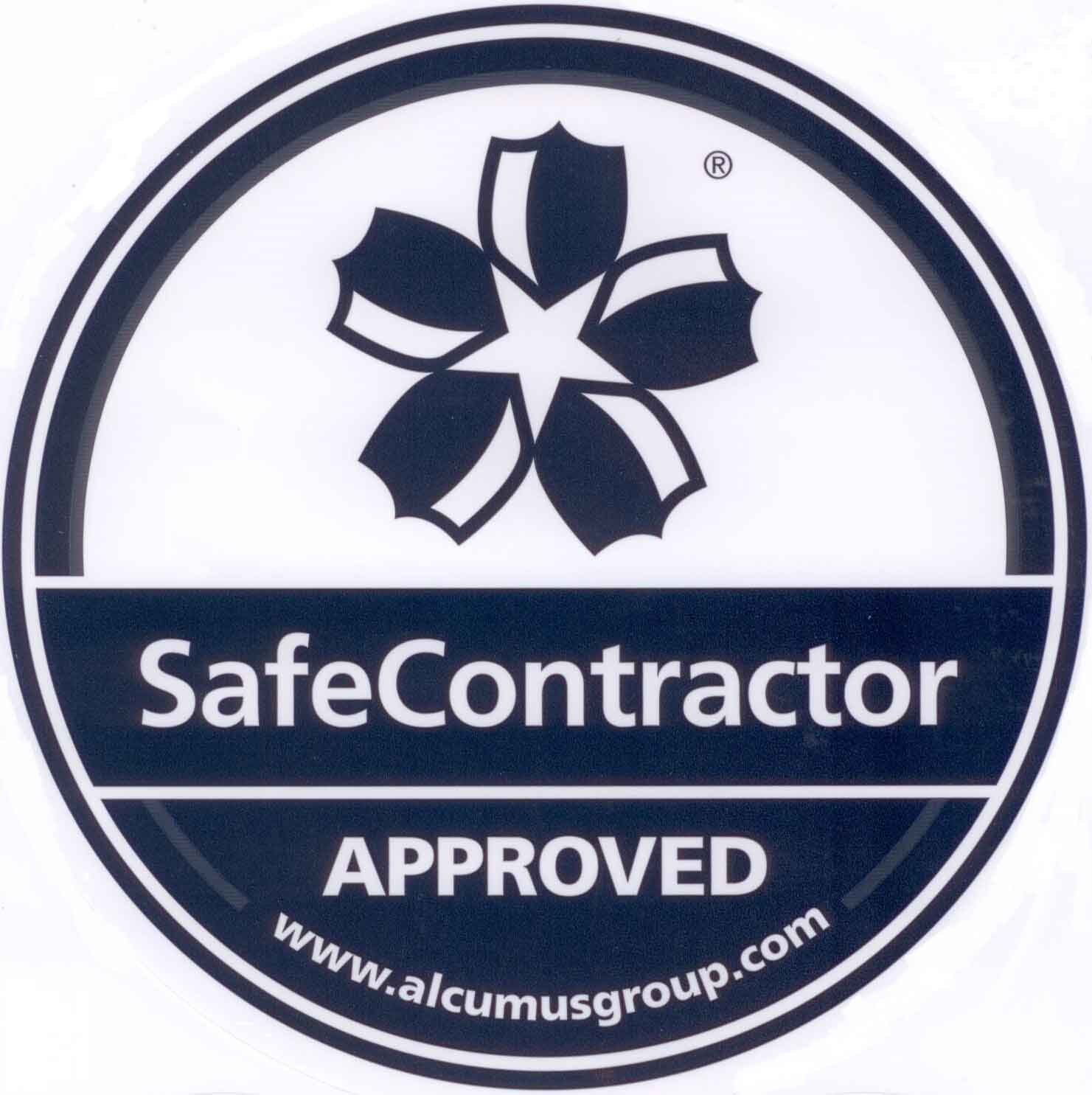Fire Extinguishers: The Types and Their Uses
Fire extinguishers are a crucial element of comprehensive fire safety and, in commercial and industrial properties, are often required by legal health and safety regulations.
However, fire extinguishers come in a range of types and, according to the kind of environment you live or work within, a particular model of fire extinguisher, or combination of fire extinguishers, will be necessary.
Download Our Free Fire Extinguishers GuideIf you need fire extinguishers for your business, give us a call on 0800 9981 908 for a free quote.
Types of Fires
There are 6 types of fire, all classified and identified by the kind of materials found in the location in which the fire is present:
- Class A – This type of fire is characterised by the presence of solids, including materials such as paper, wood and plastic.
- Class B – Class B fires occur in environments where flammable liquids are found, such as paraffin, petrol and oil.
- Class C – Flammable gases are the main cause of Class C fires and include substances such as propane, butane and methane.
- Class D – This kind of fire is identified by the presence of metal products, such as aluminium, magnesium and titanium.
- Class E – Class E fires are fires caused by electricity or ones that involve electrical equipment and apparatus.
- Class F – These fires most commonly occur in kitchens and food preparation facilities and involve cooking oil or fat.
Related Blog Post: Class F Fires Explained
Types of Fire Extinguishers
There are a variety of fire extinguisher types, all uniquely designed to combat various forms of fire:
Download Our Free GuideFoam Fire Extinguisher
Use: Effective against both Class A and Class B fires, foam extinguishers can protect environments that are at risk from material fires, involving solids such as paper and wood, and also from fires involving flammable liquids.
Dangers: Do not use on domestic chip or fat pan fires.
How it works: The foam is used to suffocate the fire and it seals the surface of the burning object or materials as it smothers it, cooling it down as it does so. It also prevents stray materials scattering and starting fires elsewhere.
Related Blog Post: Cleaning Up Fire Extinguisher Foam
Water Fire Extinguisher
Use: Water fire extinguishers are best for combatting Class A fires, for example fires involving organic solid materials, such as wood, cloth, fabric, paper and plastics.
Dangers: Do not use on burning fat or oil and also never use on fires involving electrical appliances.
How it works: The water released from the fire extinguisher soaks the burning materials, cooling them down and completely putting out the fire.
CO2 Fire Extinguisher
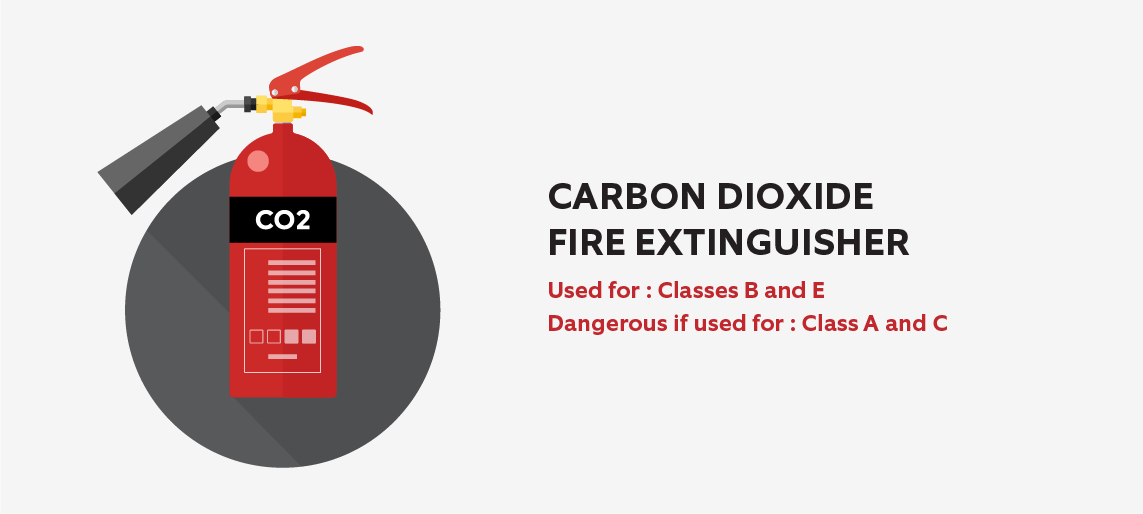
Use: Carbon dioxide fire extinguishers are ideal for environments at risk of electrical appliances (Class E) and also fires involving flammable liquids (Class B).
Dangers: CO2 extinguishers should not be used on fires involving solid materials, such as paper, wood and fabric, and also are not suitable for use on flammable gases.
How it works: The CO2 works by cutting off the fire’s oxygen supply. This then smothers it and, as it does so, extinguishes the flames.
Related Blog Post: When Would It Be Dangerous to Use a Carbon Dioxide Fire Extinguisher?
Powder Fire Extinguisher
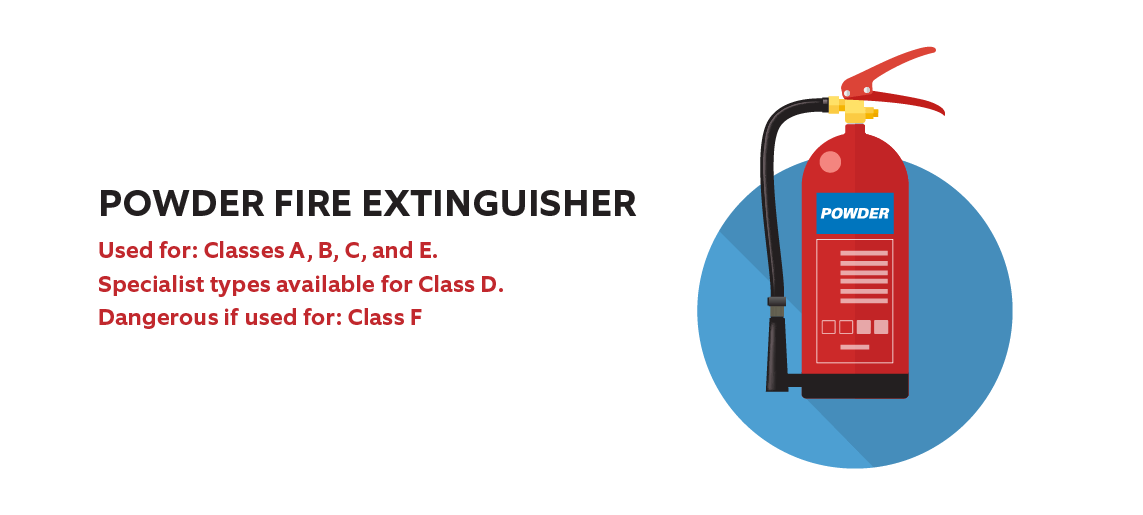
Use: Ideal for multi-risk environments, powder extinguishers are effective at combatting Class A, B and C fires. Therefore, this means they can be used on solid materials, flammable liquids and gases and electrical equipment.
Dangers: Do not use powder fire extinguishers on fires involving cooking oils or fats.
How it works: The powder, which is released by a compressed gas, acts as an extinguishing agent to create an effective blanket over the flames, smothering its source and, as a result, cooling it and preventing it from spreading.
Automatic Fire Extinguisher
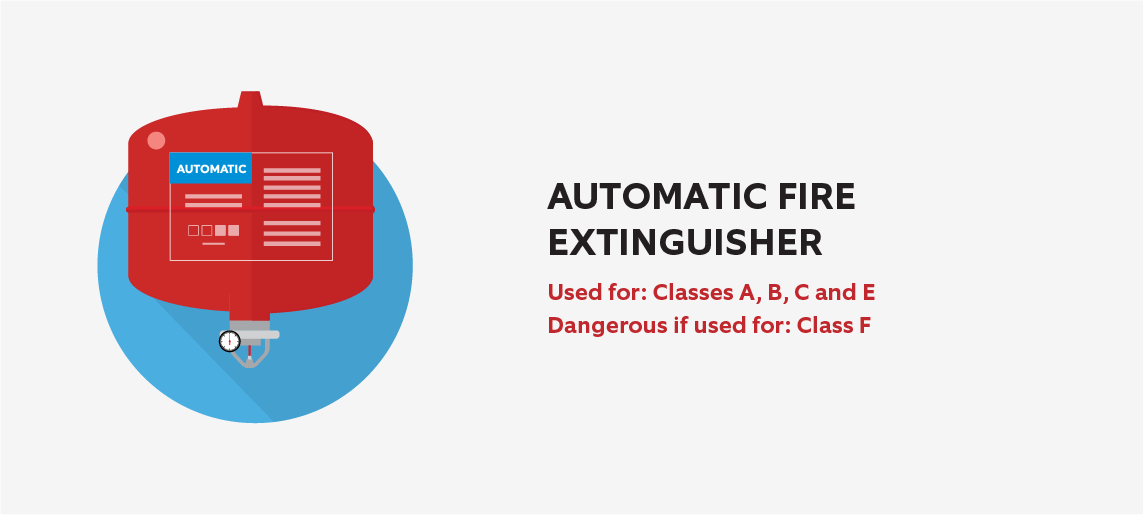
Use: Suitable for Class A, B and C fires, they are specifically designed to tackle fires involving solids, flammable liquids and flammable gases. They can also be used on electrical equipment.
Dangers: Automatic fire extinguishers are not suitable for fires involving cooking oil or fat.
How it works: Set off automatically, they usually protect a certain square footage by releasing an extinguishing agent. This makes them ideal for environments where manual operation is not always possible and where immediate activation is sometimes necessary, such as machinery and plant equipment, boat engine bays and flammable product storage areas.
Wet Chemical Fire Extinguisher
Use: Wet chemical extinguishers have been specifically designed for fires involving cooking oils and fats (Class F fires) making them ideal for commercial and residential kitchens.
Dangers: They are not suitable for, and should never used to tackle, fires involving flammable liquids or gases, metals or fires involving electrical equipment.
How it works: The wet chemical present is released as a fine spray which then dampens the flames. Simultaneously, the chemical element reacts with the fuel of the fire to create a film, sealing the surface and completely extinguishing it.
Trust the experts at City Fire Protection
Here at City Fire Protection we offer a completely comprehensive fire protection service, specialising in the supply, installation and maintenance of all types of fire extinguishers. We strive to provide exceptional levels of customer service and can advise you on all aspects of fire safety.
We also perform professional Fire Risk Assessments, analysing your environment, the most appropriate types of fire extinguishers for your property and where they are most suitably located.
Additionally, we offer superior standard Fire Safety Training and can provide nominated fire wardens with all the knowledge and skill necessary to make decisions about the necessary fire extinguisher and how to use it safely and effectively.
So for more information, and to arrange a consultation at your convenience, get in touch with the experts at City Fire today!
Contact Our Team